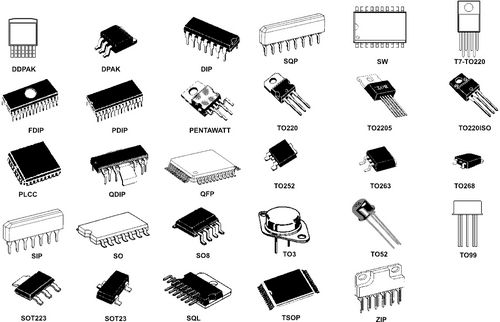In the world of automotive performance tuning, boost controllers play a pivotal role in managing turbocharger pressure, ultimately influencing engine power and efficiency. Among the various options available, electric and manual boost controllers stand out as the two primary types. Understanding the differences between these two systems is crucial for enthusiasts and professionals alike, as it can significantly impact vehicle performance and tuning strategies. This article delves into the intricacies of electric and manual boost controllers, exploring their functionalities, advantages, and ideal applications.
Understanding Boost Controllers
Before diving into the specifics, it’s essential to grasp the fundamental purpose of boost controllers. These devices regulate the amount of boost pressure produced by a turbocharger, allowing for optimal engine performance. By controlling the wastegate's operation, boost controllers can either increase or decrease the boost pressure, enabling tuners to achieve desired power levels while maintaining engine safety.
Manual Boost Controllers: The Classic Approach
- Mechanism of Operation
Manual boost controllers operate on a straightforward principle. They typically consist of a simple valve that adjusts the pressure signal sent to the wastegate. By turning a knob or screw, the driver can increase or decrease the boost pressure manually. This hands-on approach allows for immediate adjustments, making it a favorite among purists who enjoy the tactile feedback of tuning their vehicles.
- Advantages
- Simplicity and Cost-Effectiveness: Manual boost controllers are generally less expensive and easier to install than their electric counterparts. They require minimal wiring and can be set up in a matter of minutes.
- Reliability: With fewer electronic components, manual controllers are less prone to failure. This reliability is particularly appealing for those who prioritize durability in high-performance applications.
- Driver Engagement: For enthusiasts, the ability to manually adjust boost levels provides a sense of control and engagement that can enhance the driving experience.
- Limitations
- Lack of Precision: Manual controllers may not offer the same level of precision as electric systems. Fine-tuning boost levels can be challenging, especially under varying driving conditions.
- Inconvenience: Adjusting boost levels on-the-fly can be cumbersome, requiring the driver to stop and make changes, which is not ideal for dynamic driving situations.
Electric Boost Controllers: The Modern Solution
- Mechanism of Operation
Electric boost controllers utilize electronic sensors and actuators to manage boost pressure. These systems often feature programmable settings that allow users to set specific boost levels based on various parameters, such as RPM, throttle position, and even temperature. This advanced technology enables precise control over boost levels, adapting to changing conditions in real-time.
- Advantages
- Precision and Consistency: Electric boost controllers provide a higher degree of accuracy in managing boost levels. They can adjust boost pressure dynamically, ensuring optimal performance across a range of driving conditions.
- Programmability: Many electric controllers come with programmable features, allowing users to create custom boost maps. This capability is invaluable for tuners looking to maximize performance while maintaining engine safety.
- User-Friendly Interfaces: Most electric boost controllers feature digital displays and user-friendly interfaces, making it easy for drivers to monitor and adjust settings without the need for mechanical adjustments.
- Limitations
- Complexity and Cost: Electric boost controllers are generally more expensive and complex to install than manual systems. They require additional wiring and may necessitate professional installation.
- Potential for Failure: With more electronic components involved, there is a higher risk of failure. Issues such as wiring problems or sensor malfunctions can lead to performance inconsistencies.
Choosing the Right Boost Controller for Your Needs
When deciding between an electric and manual boost controller, several factors should be considered:
- Performance Goals: If your primary goal is to achieve maximum performance with precise control, an electric boost controller may be the better choice. However, if you prefer simplicity and reliability, a manual controller could suffice.
- Driving Style: For those who enjoy hands-on tuning and engagement, a manual boost controller can enhance the driving experience. Conversely, if you prefer a more automated approach, an electric controller will provide the convenience you seek.
- Budget: Consider your budget for both the controller and installation. Manual controllers are typically more affordable, while electric controllers may require a larger investment.
Conclusion
In summary, both electric and manual boost controllers have their unique advantages and limitations. The choice between the two ultimately depends on individual preferences, performance goals, and driving styles. By understanding the differences and functionalities of each type, automotive enthusiasts can make informed decisions that enhance their vehicle's performance and driving experience. Whether you opt for the simplicity of a manual boost controller or the precision of an electric one, the right choice will undoubtedly elevate your tuning journey.
